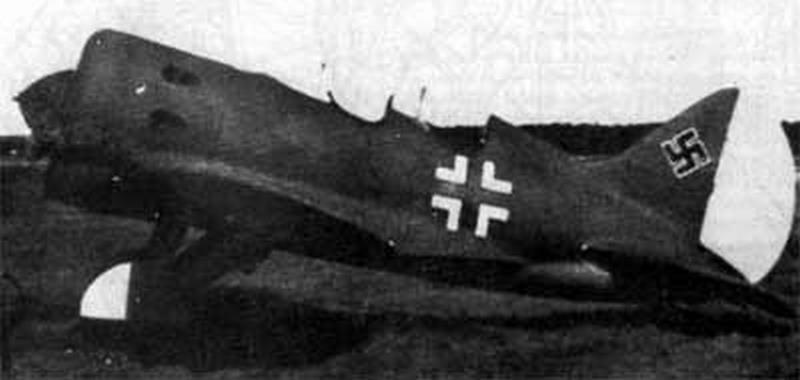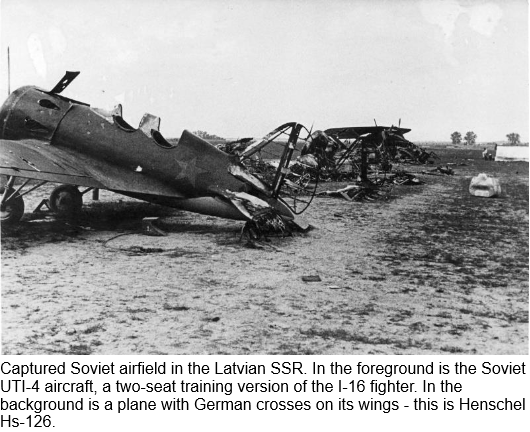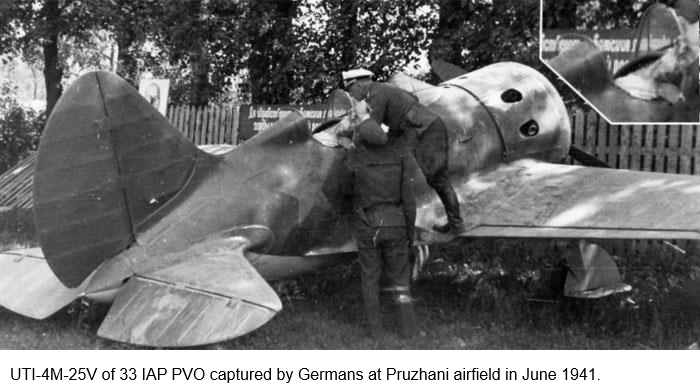| Type |
Werk.Nr |
Registration |
History |
|
|
DM+HC |
|
|
15153128 |
DM+HD |
Luftdienstkommando 2/12 |
| Type |
Single seat trainer |
| Engine |
1 Shvetsov M-25V |
| Dimensions |
Length 5,985 m , height 3,52 m , span 9,004 m , wing area 14,45 m2 , |
| Weights |
Empty 1156 kg, loaded 1458 kg , max. take off weight fuel 145 l |
| Performance |
Max.. speed 450 km/h at 2800 m, cruising speed , range 365 km, endurance , service ceiling 8960 m , climb 14,8 m/sec., 6,39 min. to 5000 m |
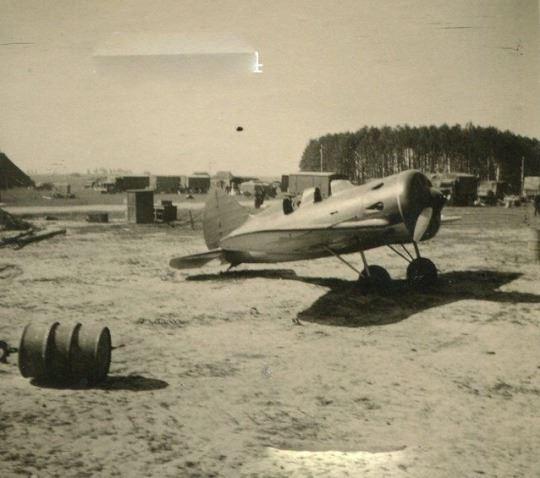
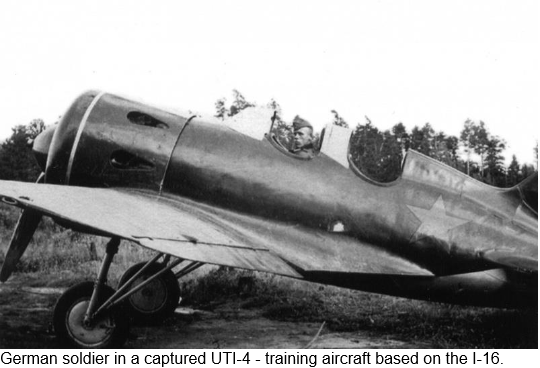
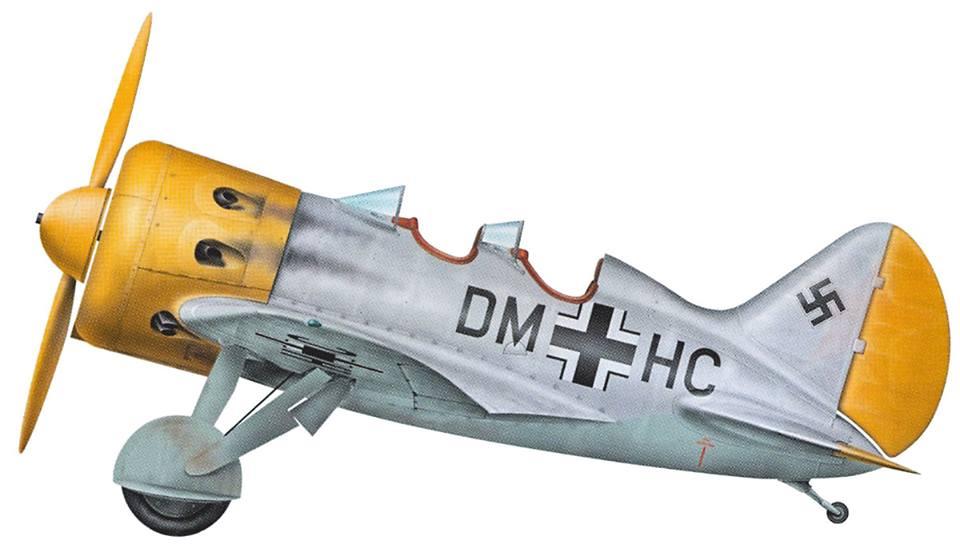
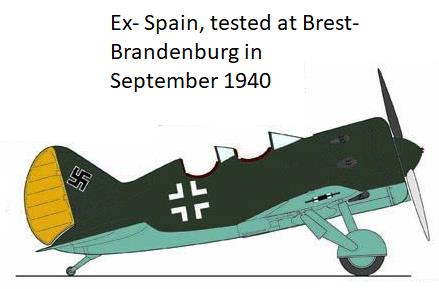

Polikarpov UTI-4 type 15
The transition of pilots to the then modern fighter Polikarpov I-16 was quite difficult, if the pilot switched from biplanes type I-15 , had to get used to high area load and also completely different behavior monoplane "sixteen", even worse it was for young pilots who have so far flew on training Polikarpov Po-2 . Therefore, a total of 115 two-seat training UTI-2 , based on the combat I-16 type 4, ie, it was powered by deviant- cylinder Švecov M-22 of 480 hp, but this engine over time ceased to be manufactured and so it was necessary to proceed to production of a more modern training aircraft. Other reasons were these, in 1935 the performance of other versions of the "sixteen" increased, mainly thanks to the engineŠvecov M-25 and in addition new versions were equipped with flaps and thus creates a new aircraft for continuing training as the UTI-3, which was powered by an M-58 engine. The prototype was tested, but the engines were scarce, so the UTI-3 remained in only one copy. Even in the same year is another aircraft called UTI-4.
This aircraft was based on the I-16 type 5 , the prototype flew in the autumn of 1935, flew unarmed, with smaller fuel tanks, without radiovybavení and without breathing, the landing gear was retractable. The aircraft was powered by an M-25A engine715 hp. After some time, the aircraft continued relieving and UTI-4 should be delivered with a fixed landing gear, if you say that it is detrimental to the quality of training, so in Russian circumstances it is not true, the landing gear could control from its place instructor only! From January 1, 1939 were supplied aircraft with fixed landing gear, so only some had a fixed landing gear, some had a retractable landing gear, but fixed in the open position and landing gear shafts were covered by the original covers, now tightly bolted - the order was fulfilled. The solid chassis made it easy to change wheels for skis.
Towards the end of production, the UTI-4 finally lived to see newly manufactured covers and parts, which were the chassis for the chassis canceled. These last production blocks were delivered with M-25V engines of 750 k and dynamostarter. Production in Moscow, Gorky and Novosibirsk was completed in 1940, the plant from Rostov was evacuated to Baku and there production continued until 1942. In this factory were also produced dozens of battleships designated as UTI-4B.
These airplanes were single-seated with flushed rear cockpit, in the wings were two machine guns Berezin UBK caliber 12.7 mm, under the wings could hang six unguided missiles RS-82 or two padesátikilové bombs FAB-50. These fighters formed armament of the 266. Aviation Regiment.
Training aircraft were gradually consumed and was replaced by more modern aircraft such as Yak-7UTI . Several aircraft, but in service lasted until the end of the war, but it was used in the role of courier aircraft. A total of 1,660 training aircraft were produced and approximately 130 aircraft were rebuilt from single-seat fighters.

